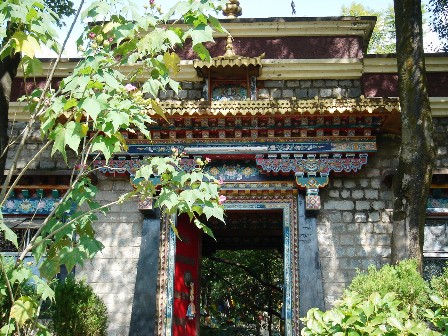Study Tibetan Horse Images, Exciting Horse Race Festivals in Himalayas, 'Kiang' the Wild Tibetan Ass !!
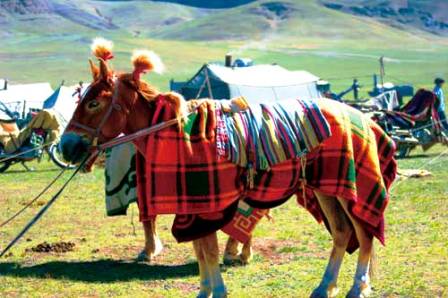
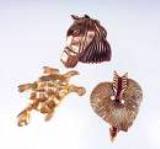
Tibetan Horse Images...In Jewelery, Artifacts, Paintings
Many of my guests coming to Dharamsala are fascinated with the image of the tibetan horse in the silver ornaments, beautiful tibetan artifacts and paintings.
The history of the horse originates from the relationship it has had with the wild hunter nomads of Tibetan in the higher reaches of the Tibetan Plateaus. In the Himalayan regions the regal horse stands for victory in the races. It is used in archery, festivals a favourite passtime and above all in facing the hard bitter winters and in the daily nomadic life-style of this mountain people.
Tibetan Horse Images..
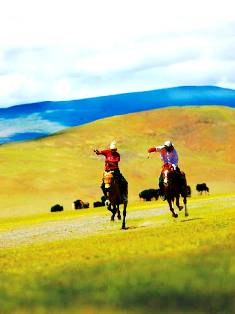

Tibetan Horse Images in Himalayan Horse Race Festivals..
Ranging from the Trans-Himalayan belt of Himachal Pradesh, Ladakh, Nepal and Tibet..Horse racing is an ancient sport and a religious celebration of pride and ancient traditions of the mountains.
In ancient North Tibet of Nagqu legend that horses are the babay of the miracle bird in the sky and the monkey on the earth. There is a close relationship between the man and neast here. These festivals are more important to these people like the Tibetan New Year.
The whole area becomes a big town of colorful tents. This assembly at the golden grassland is also a venue for bartering their local wares. Dances and songs are the highlight besides horsemanship , archery and horse race. Also ball games, track field events are main attractions.
The 'Gyantse' town enjoys the priviledge of being the earliest in history for these games around 1408 AD. Contests those days includes shooting on gallop , archery and horse race, besides entertainment and picnics.
All the events are started by the blessings of a high monk lama. It is surprising that the champion horse is famous than his owner in these areas.
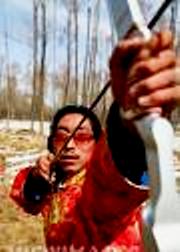
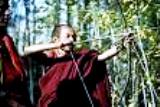
In Tibetan Horse Images....Find The Art of Archery
Archery in Tibetan was an ancient sport. It started with the nomads of the high mountains of North Tibet for protection of the self and his herds from wild animals.
It gained over the years as a sport enjoyed during Festivals and Horse races mainly visible in the towns of Gyantse and Nagqu as a famous event. Horses are the soul of the nomadic culture and its daily life style.
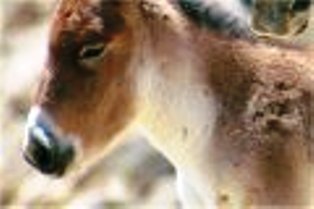

In Tibetan Horse Images....Kiang the Tibetan Wild Ass
Kiang, live in very cohesive herds which never become scattered. Led by an old female, the herds travel in single file. Unlike horses, however, there is little physical contact (like mutual grooming) among animals. Kiang are good swimmers, and during the summer months take apparent pleasure in bathing in rivers. During August and September, the only time when vegetation is plentiful, kiangs may gain up to 40-45 kg / 88-100 lb.
It is found in the high plateaus and undulating steppe in Tibet at elevations up to 5,000 meters / 16,500 feet.

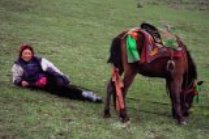
In Tibetan Horse Images...The Tibetan Steppe
The Tibet Plateau is a vast area to the north of the Himalaya between roughly 26°50? and 39°11?N. The climate is severe continental, and most of the plateau is arid to semi -arid. Snow events in winter increase risk. Its high, cold grazing lands vary from cold deserts and semi-arid steppe and shrublands, to alpine steppe and moist alpine meadows. Much is above 4 000 m; some camps are as high as 5 100 m. It is traditionally an area of transhumant herding, but has undergone vast changes in the past half century - from feudalism, through a collective period, to privatized livestock and individual grazing rights that are circumscribing the mobility necessary for herding risk avoidance in such a climate. Yak, sheep and goats are kept, with yak more important in the wetter east and sheep in the west. The steppe contains the headwaters of many of the major rivers of Asia and has a very rich flora and fauna, with many endemic species, so grazing management is not only important for herders’ livelihoods but also for catchment maintenance and in situ preservation of genetic resources and biodiversity.

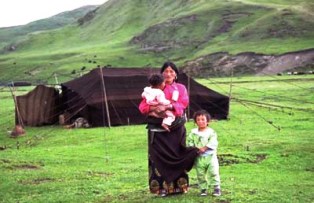
In Tibetan Horses Images...Preservation of the Grassland
The economic viability and environmental sustainability of pastoral production on the Tibetan Steppe is under considerable scrutiny. The Tibetan Steppe has received little research attention from grassland ecologists and specialists in pastoralism. Lack of information limits proper management and sustainable grassland development. Pastoral ecosystem dynamics are poorly understood and data on ecological processes taking place are limited. Many questions concerning how vegetation functions and the effect of grazing on the pastoral system remain unanswered. There is a critical need for more in-depth studies of the relationship between herbivores and the vegetation resource, and the relationship between domestic livestock and wild herbivores.
For more on Tibetan Horse Images...Go to Dalai Lama Abode !
